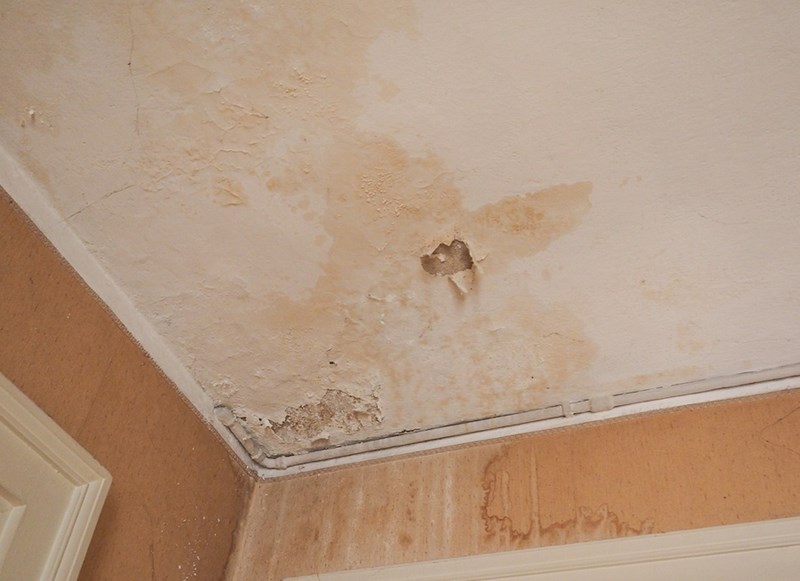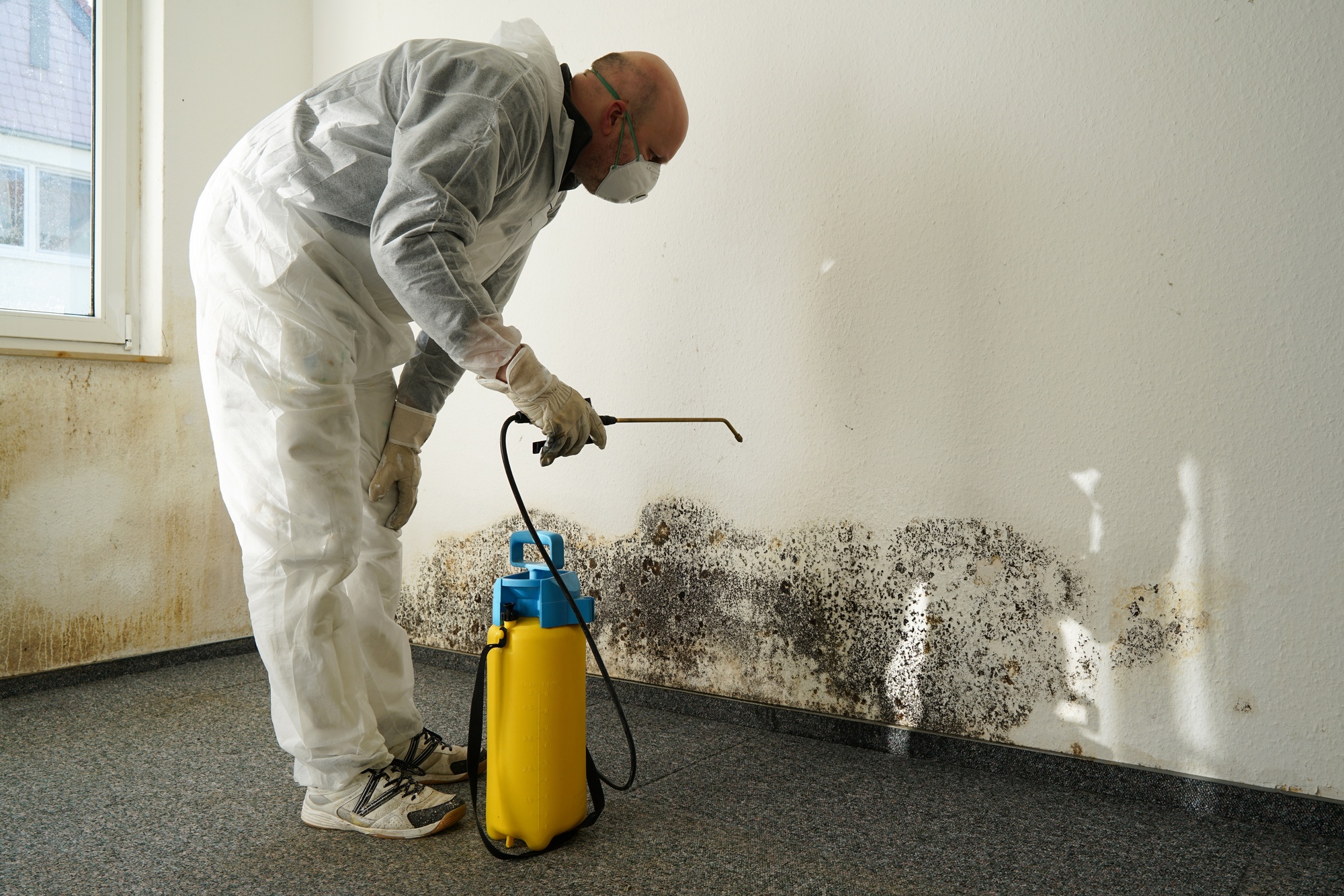Water Damage Restoration Specialists Ready to Fix Any Issue Fast
Water Damage Restoration Specialists Ready to Fix Any Issue Fast
Blog Article
The Refine of Water Damage Cleaning: Guaranteeing Your Home Is Restored Properly
Water damages can be a complicated difficulty for homeowners, demanding a careful and structured cleaning process to restore safety and security and functionality. A comprehensive evaluation is critical to determine the level of the damages and determine the ideal remediation procedures. Following this, reliable water extraction strategies play an essential role in alleviating more damage. The subtleties of drying, sterilizing, and ultimate reconstruction are equally necessary and usually neglected. Comprehending these phases can make a significant difference in the result of your home's repair, triggering a closer check out what each action requires.
Analyzing the Damages
Upon uncovering water damages, the initial step is to completely examine the level of the effect. This preliminary examination is vital, as it aids establish the needed actions for efficient cleanup and remediation. Begin by checking the influenced areas, consisting of wall surfaces, ceilings, floors, and individual possessions, to identify the resource of the water breach, whether from flooding, leakages, or condensation.
Documenting the damage is necessary for both insurance coverage claims and intending restoration initiatives - damage restoration services. Usage pictures and composed notes to record the extent of the damage, noting any kind of afflicted structural components and materials. Pay unique interest to areas that might not be immediately noticeable, such as behind walls and under carpets, as concealed wetness can bring about additional problems, consisting of mold development
Furthermore, assess the timeline of the water direct exposure. The longer the materials continue to be wet, the better the capacity for damages. Comprehending the period of exposure will certainly inform the necessity of remediation initiatives. Ultimately, a thorough evaluation prepares for a successful water damages cleanup procedure, ensuring that all impacted locations are dealt with properly and thoroughly.
Water Removal Methods

Specialists typically employ submersible pumps for larger volumes of water, which can quickly reduce flooding in basements or other affected areas. For smaller quantities, wet/dry vacuums are often used to extract residual moisture from carpetings and tough surface areas. In addition, utilizing mobile extractors permits targeted removal in restricted spaces or areas with fragile products.
In circumstances of polluted water, such as sewage or floodwater, advanced removal strategies might include making use of biohazard equipment to make certain safety and security and conformity with health and wellness policies. High-powered extraction devices are crucial in decreasing water retention in architectural products, which can result in mold growth and architectural deterioration otherwise attended to immediately.
Eventually, the effectiveness of water removal strategies plays a critical role in the total success of the water damages cleanup procedure, laying the foundation for subsequent restoration initiatives.
Drying and Dehumidification
Once standing water has actually been effectively removed, the following vital phase in the water damages cleanup procedure is drying and dehumidification. This step is necessary to avoid further damages and mold and mildew growth, which can take place within 24 to two days in damp atmospheres.
To achieve efficient drying, specific equipment such as industrial-grade air movers and dehumidifiers is used. Air movers flow air across wet surface areas, enhancing dissipation rates, while dehumidifiers minimize moisture levels airborne, advertising a conducive setting for drying. The combination of these devices ensures that wetness is drawn out from floors, furnishings, and wall surfaces, enabling them to completely dry completely.
It is necessary to check the drying out procedure very closely. Professionals often utilize wetness meters to analyze the moisture material in different products, ensuring that all affected areas get to appropriate dry skin degrees. This meticulous approach helps to stop concealed dampness pockets that could lead to structural damage or unhealthy mold growth.

Cleaning and Disinfecting
After the drying out and dehumidification stage is total, the next cleaning and restoration services important action in water damage cleanup is cleaning and disinfecting the influenced locations. This process is important to avoid the growth of mold, microorganisms, and various other microorganisms that flourish in damp environments.
The cleansing stage normally entails getting rid of any kind of particles, dust, and pollutants from surfaces utilizing specialized cleansing representatives. For difficult surface areas, a mix of soap and water or commercial cleaning products is commonly used. Soft materials, such as upholstery and carpets, may call for extra substantial cleaning techniques, including steam cleansing or deep extraction techniques, to make certain detailed cleanliness.

Sterilizing adheres to cleaning, making use of EPA-approved disinfectants to get rid of damaging microbes. This step is crucial, particularly in locations that might have entered into call with floodwaters or sewage, as these sources can posture major wellness risks.
Furthermore, it is essential to deal with any kind of remaining odors, which might call for using odor neutralizers or innovative techniques like ozone treatment. Correct cleansing and sanitizing not just recover the safety and hygiene of your home yet also lay the groundwork for effective reconstruction and repair work in succeeding phases of the water damage clean-up procedure.
Restoration and Repair Services

When the evaluation is total, remediation efforts can begin. This generally includes repairing or replacing damaged materials, making sure that all work adheres to local building regulations and criteria. For circumstances, if drywall has been compromised, it will require to be gotten rid of and replaced with new product. In addition, flooring might need similar attention, relying on the degree of water exposure.
It is crucial to involve skilled reconstruction experts during this procedure, as they possess the proficiency to take care of complicated repairs successfully. Additionally, they can help minimize possible future concerns, such as mold and mildew development or architectural instability, hence making sure a risk-free and habitable living setting. Eventually, reliable repair and fixings restore the home's stability and boost its overall value.
Verdict
Finally, the process of water damages cleaning is crucial for bring back a home to its pre-damage problem. Each stage, from evaluating the damages to implementing efficient water removal methods, complied with by thorough drying, sterilizing, and needed fixings, plays an important function in making sure safety and security and compliance with building requirements. Efficient implementation of these actions not just mitigates immediate damage however additionally boosts the lasting integrity and value of the residential or commercial property.
Water damage can be a complicated difficulty for house owners, requiring a precise and structured clean-up process to recover safety and security and capability. Inevitably, a detailed assessment lays the foundation for a successful water link damage clean-up process, guaranteeing that all influenced locations are dealt with effectively and completely.
Effective water removal methods are important in mitigating damages and avoiding more difficulties adhering to a water invasion occasion.In conclusion, the process of water damage clean-up is vital for restoring a home to its pre-damage condition. Each stage, from analyzing the damage to carrying out effective water removal techniques, adhered to by comprehensive drying out, sanitizing, and needed repairs, plays an essential function in making certain safety and conformity with structure standards.
Report this page